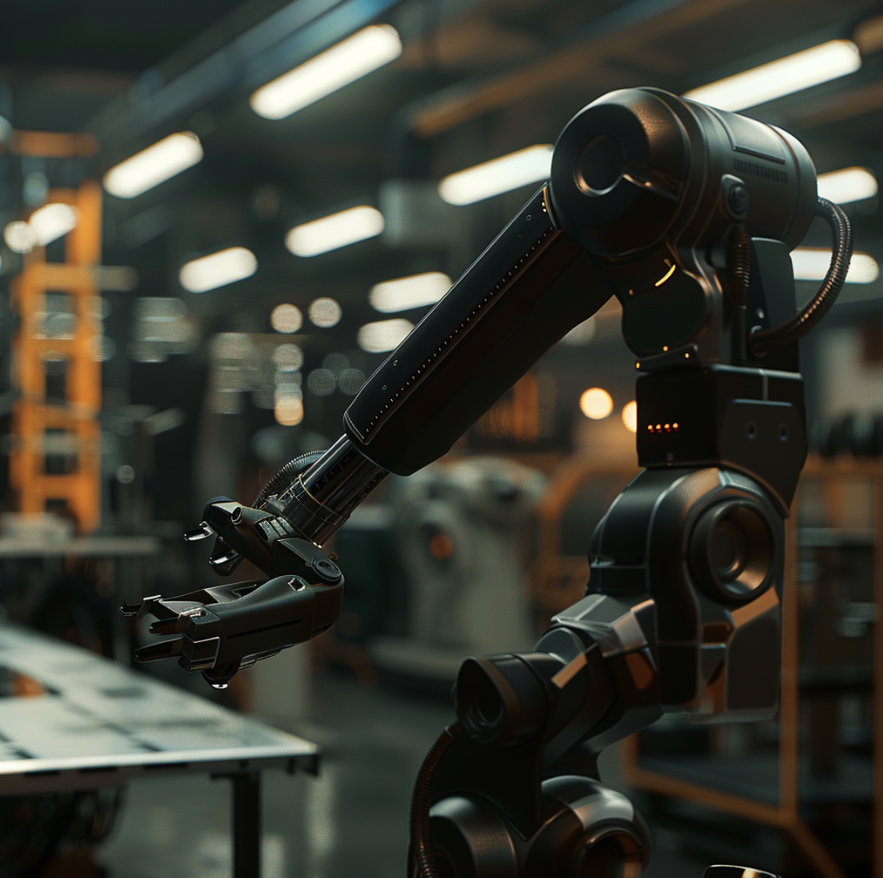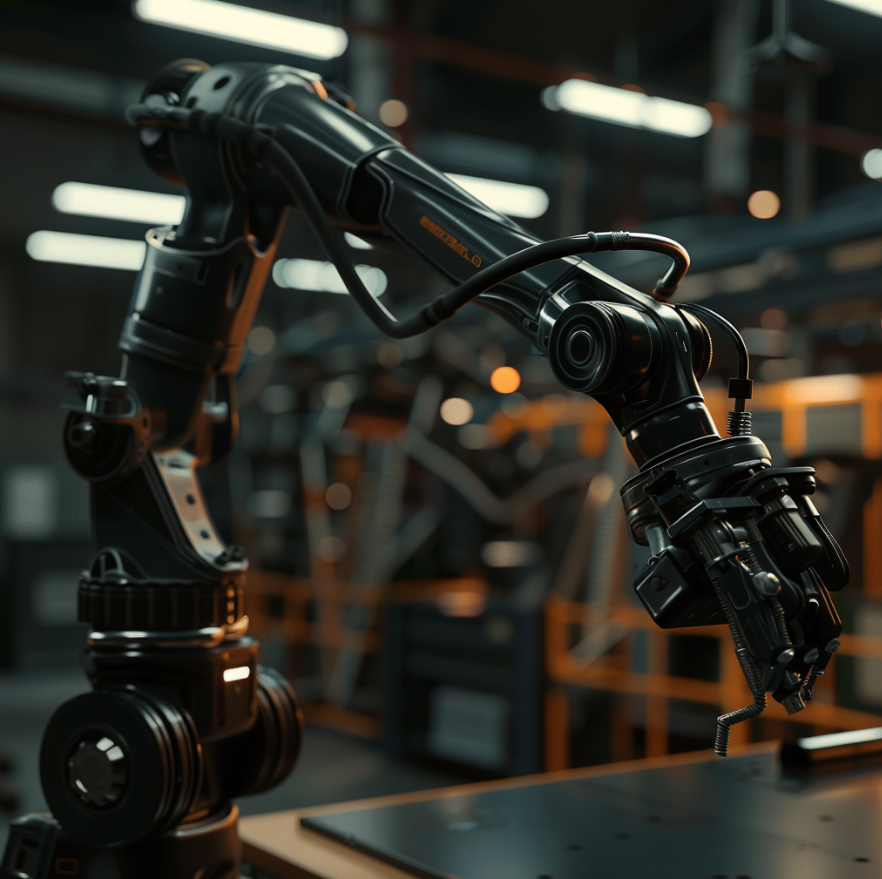

Machine cycle time refers to the total time it takes to complete a process or produce an item. In manufacturing, it specifically measures the time between the start and end of a production run.
In essence, the faster your cycle time, the quicker you can make and deliver products to customers.
To calculate the cycle time, you need to understand the full end-to-end process.
The cycle time formula is:
Cycle Time = End Time - Start Time
Where the start time is when an item first enters the process and the end time is when it exits the process.
Simple, right? For example, if a manufacturing process begins at 9 am and ends at 5 pm, the cycle time is 8 hours. Reducing this cycle time basically means optimizing your process to complete the work in less time.
All things considered, a lower cycle time means higher productivity and efficiency. It allows you to increase throughput and get more work done in less time.
But we’ll get into the benefits in more detail below.
Reducing cycle time is one of the absolute essentials for any manufacturing business to gain a competitive advantage.
Think about it — the faster you can produce goods, the faster you can get them into customers’ hands.
Still need a little more convincing? We’ll explain the most important benefits:
Say yes to profits! Reducing cycle times has a direct impact on your bottom line. Faster production translates into increased output, leading to higher sales and ultimately, increased profits.

Still not buying into cycle time reduction? Allow us to help out by detailing 8 ways robots can give you a hand:
Pinpointing where your production process slows down is priority #1 for getting the most out of your robots.
What to do:
Choosing robots designed for the specific task will maximize efficiency and reduce your cycle time.
What to do:
Outlining every step of the integration process reduces disruptions and helps you make a smooth transition to optimized production.
What to do:
Robots rock because they're precise and programmable. Harness this power to reduce cycle times.
What to do:
Seamless communication between robots and your MES unlocks new levels of efficiency and data-driven optimization.
What to do:
Constantly analyzing robot performance helps you find opportunities for further improvement and ensures a strong return on your investment.
What to do:
A skilled and confident workforce is vital when robots join the production floor. Get your team ready to thrive in this human-machine partnership.
What to do:
Harness the power of AI and machine learning to stay ahead of breakdowns and keep your robots running smoothly.
What to do:
You now have 8 solid ways to reduce your cycle times with robots.
With some strategic planning and the right technology investments, your business will be operating much more efficiently!
So, time to roll up your sleeves: Start prioritizing cycle time optimization today. You'll quickly start seeing the benefits in productivity, quality, and customer satisfaction.
And, if that still doesn’t seem like enough, remember that at the end of the day those things all add up to nice, big profits!
Time to really slash cycle times! RO1 by Standard Bots brings cutting-edge automation technology to manufacturing environments of every size at a price that's hard to beat.
Innovation that doesn’t strain your resources: Secure the functionality necessary for optimizing your manufacturing operations affordably. RO1 starts at half the price of similar offerings.
Our team is committed to supporting you every step of the way as you integrate RO1 into your operations, making sure you fully leverage your investment in RO1 automation.
Experience the transformation with our 30-day no-risk trial offer!